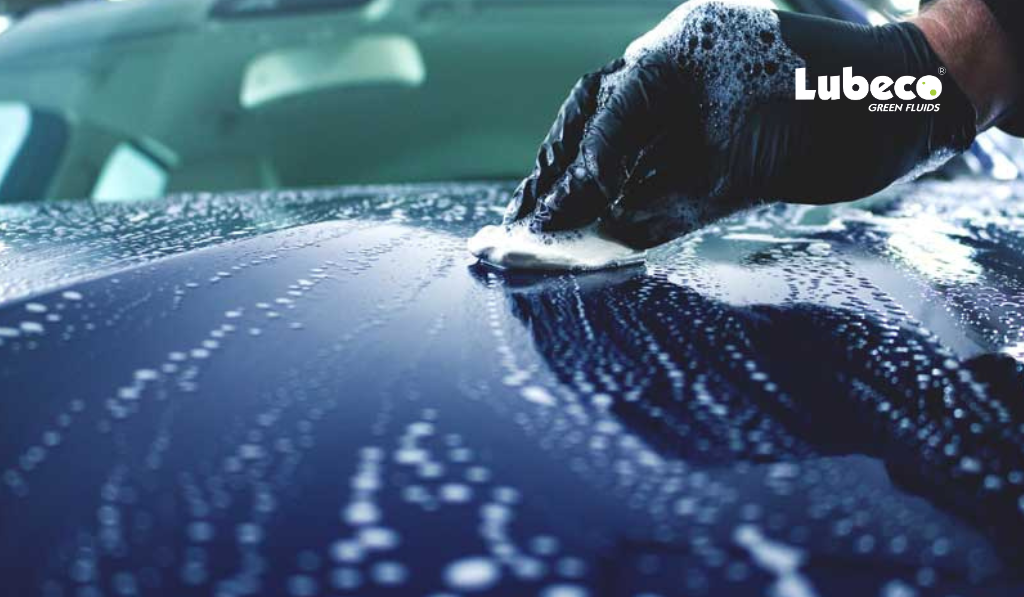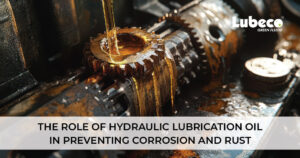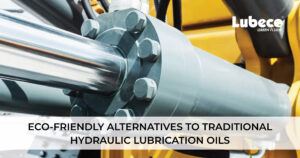It is a very delicate and time consuming process to remove unwanted paint from any surface that too without causing significant damage, which requires careful and detailed planning with of course the right technique. To avoid any harm to the material underneath it, we must give attention to detail like the paint type or age of paint etc. Let’s explore the steps and methods to remove the unwanted paint and achieve desired results.
1. Note the Details of Paint
Before the actual process of paint removal starts, we must check and assess the important details like type of paint and which adhesive is used to the surface. It is very helpful in deciding the best paint removal
Method to apply and which paint removal process to use without causing damage to the surface beneath .
Check the following details:
- What is the type of paint?
-Check if it is latex, epoxy or simple oil-based.
- What is the age of paint?
-How long the paint has been there on the surface.
- What is the condition of the paint?
-Check the situation of paint, is it flaking, peeling or firmly adhered.
2. choose appropriate method for removal
select the best suitable paint removal method based on the assessment done previously.
Methods like chemical stripping, heat application, scraping and sanding are used for sticky paint removal.
3. preparation of the surface beforehand
Before applying any removal method, prepare the surface:
a. Wipe out the area:
With the help of an anti grease liquid remove dirt, grime, or oil residue from the surface.
b. Mask surrounding surfaces:
Apply tape and drop cloths to protect adjacent areas from damage.
4. Apply the method cautiously
- Chemical Stripping:
There are lots of different paint strippers available in the market designed specifically as per the type of paint. Apply the stripper, wait for the recommended time, and scrape off the paint. Take all the safety measures in consideration and follow the instruction manual of the manufacturer.
- Heat Gun:
For making it easier to scrape off the paint, use heat to soften the paint. Careful with the heat gun, applying too much heat can result in irreversible damage to the surface.
- Scraping:
You can use a scraper or putty knife for loose or flaky paint. Gently use it to avoid scratching the surface.
- Sanding:
Carefully use the fine-grit sandpaper for remaining minor paint imperfections or to smooth out the surface after basic paint removal.
5. Remove the paint
Once the paint is loosened or softened:
1. Try Scraping off any loosened paint: You can Use a putty knife or scraper.
2. Wipe away residue: Use a damp cloth to remove remaining paint and residue.
6. Neutralization of the whole surface
After actual removal of the paint :
1. Don’t forget to apply the surface cleaner or anti grease agent to remove all the remaining residue or unwanted chemicals from the surface. It will give you the required finishing quickly.
2. Before processing further, neatly rinse the surface and ensure it dries properly. For drying use a soft cotton cloth to avoid even slightest damage to the recently treated surface.
7. Inspect and repeat if needed
Check if there is any paint remaining on the surface or any kind of residue is left.
1. Inspection of the surface: You must verify the surface for any kind of remaining residue in order to achieve the required result.
2. Repeating the same process: If necessary, you can repeat the removal process again to get desired finishing.
Few additional tips and Considerations:
To avoid any bigger damage due to the wrong removal method, test everything on a small area of the same surface first. Your safety should always be your first concern.Use necessary protective gears to avoid any kind of contact directly with the skin like gloves made up of thick material, mask and safety glasses. Avoid inhaling any kind of chemicals or fumes. You should work where proper ventilation is at place. Limit the exposure to harsh, strong or expired chemicals. To prevent surface damage dont use any kind of abrasive material. Most importantly for any complex or large surface paint removal take professional help.
Be patient and extra careful while handling the chemicals for removing difficult stains. Follow all the mentioned steps neatly and you can be successful in removing the unwanted paint from any surface, that too without causing unwanted damage.










